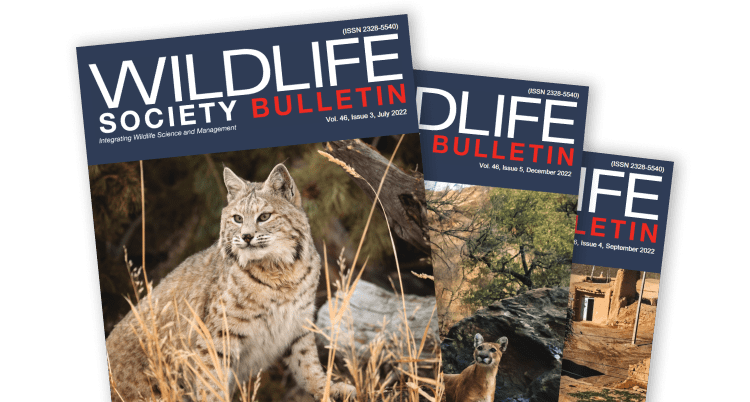Share this article
Wild Cam: Even in remote Glacier Bay, humans affect wildlife
It’s easy to figure that wildlife in busy national parks may be impacted by the heavy tourism there. But what about in parks that have much fewer visitors?
The National Park Service was concerned about this in Glacier Bay National Park in southeast Alaska. While extremely remote and accessible only by boat or plane, the park is seeing growing numbers of visitors.
Enlarge

Credit: David Frey
“Even though the park has low levels of visitation by most standards, the visitation rates have been increasing for the last decade,” said Laura Prugh, an associate professor of quantitative wildlife sciences at the University of Washington’s School of Environmental and Forest Sciences. “[NPS] was concerned wildlife might be affected.”
Prugh and her colleagues were tasked with finding out in order to help the National Park Service determine if they needed to develop new management policies to control visitors in the park better. They published their findings, led by Prugh’s student Mira Sytsma, in People and Nature.
Enlarge

Credit: Mira Sytsma
Glacier Bay National Park provided a great opportunity to experiment with the impacts of people on wildlife. Researchers worked with park managers to allow tourists in some areas but not in others so they could compare wildlife responses. “We were able to pick one site that tour boats could drop people off at,” said Prugh, the senior author of the study. “The other side they weren’t allowed to. They were both comparable in habitat. Halfway through the season, they switched sides.
For two seasons, the researchers set out camera traps in 10 sites to monitor wildlife behavior. The team captured images of wolves (Canis lupis), black bears (Ursus americanus), brown bears (Ursus arctos) and moose (Alces alces), as well as humans, which they also documented and compared to wildlife numbers.
Enlarge

Credit: David Frey
Prugh didn’t expect to see much of a difference between the two sites. “When I went to the park for the first time to go around with a park biologist and evaluate the sites and select sites, it was July, which was the peak of tourist season,” she said. “I was shocked. I barely saw anybody out there, just occasionally a kayaker or a boat.” Cruise ships also came by, but they don’t let anyone out onto the bay. “I fully expected we weren’t going to see any effects at all,” she said.
Enlarge

Credit: Mira Sytsma
But their findings were surprising. If humans were present in an area, the cameras detected fewer than five animals per week, suggesting the animals were avoiding humans. When visitors reached about 40 individuals per week, wildlife detections dropped to zero. “We did not expect the threshold to be that low, where basically if you have any people visiting a site, the wildlife will have a detectable response,” Prugh said.
Enlarge

Credit: Mira Sytsma
The researchers broke their findings down into individual species responses. Wolves were the most likely to disappear from cameras when people were present. Brown bears had the least response to humans. Moose, though, had an interesting response.
Enlarge

Credit: Mira Sytsma
The team found moose for the most part also avoided people. But when they did use the heavy human use sites, they were more active during the daytime, when there were more visitors, compared to areas where visitation was restricted. Prugh thinks they were using humans as a shield against predators since the predators—especially wolves—were avoiding humans. Prugh said this also might provide a glimpse into how a population may get habituated to humans.
Enlarge

Credit: David Frey
For now, the National Park Service is taking these findings into consideration. “I think this does support this kind of management strategy of concentrating recreational activity in certain areas and trying to have other areas free of visitors,” Prugh said.
Issues like these will be important to consider as outdoor areas become more popular, she said. “I think this certainly warrants a lot of deliberate thinking about strategies to balance these different goals of wildlife conservation and getting people out into nature, which certainly has all kinds of benefits.”








